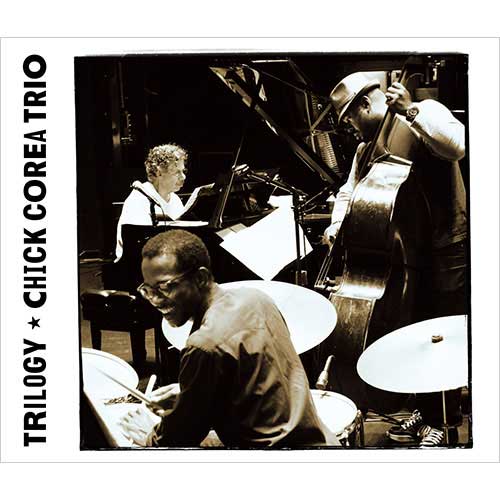The era of Heisei will be finally over at the end of this month (April, 2019). Even though the change of an era name does not suddenly change the expression or style of music, the music still alter its expression as a living thing over time. The jazz albums serve as an intermediary between periods. I’d like to introduce brilliant pieces created in the latter half of Heisei Era, which will be transmitted by word of mouth continuously into the future. The new era will start from next month. I’ve been focused on jazz in this column, but now I’d like to expand the genre and introduce wider variety of pieces.
#43 Masterpiece with Energy of Infinite Expression of Jazz
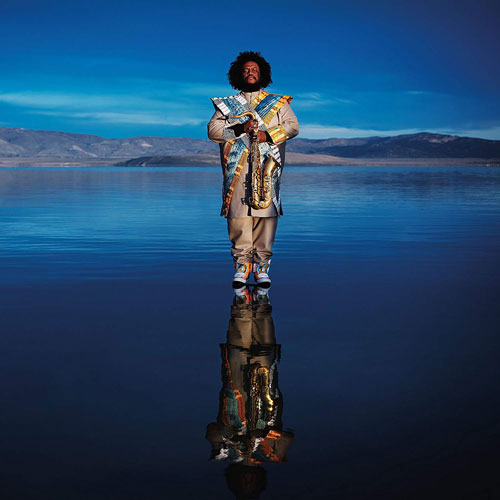
HEAVEN AND EARTH / KAMASI WASHINGTON
(Beat Records YT-176CD JP)
“HEAVEN AND EARTH” released last year by Kamasi Washington, the greatly successful sax player based in the West Coast of the United States, is the masterpiece containing all of his musicality reviewing jazz in the past and at the same time transmitting sound into the future. This is a double album lasts for 2 hours and 25 minutes. It is divided into “heaven” expressing the inner self and “earth” expressing the living self in reality by playing the instrument, but rather than distinguishing the clear difference, the music continues keeping the relative relationship of the two factors in similar form. Not only the most pieces are newly written by Kamasi but also the sound is made by large orchestra of over 20 members and more than10 members in the choir, and it is simply magnificent. In addition, I am touched by its meticulous and delicate structure.
With the gorgeous vibrancy of musical sound in the background, Kamasi blows the sax heroically as if it weren’t already enough. While succeeding the spiritual tradition of jazz, which has been kept since ‘60s, he plays the sax splashing his boundless energy, and together with his powerful enthusiasm we feel refreshed. Before it started to be called jazz, the flow of black music from blues and soul to hip-hope is condensed with modern design. “The Epic,” the album released four years ago, was worth listening to, and I am overwhelmed by the world of music that further-evolved Kamasi Washington creates. It is the masterpiece under the spotlight!
#44 Poetic World Presented by Pianist from Israel
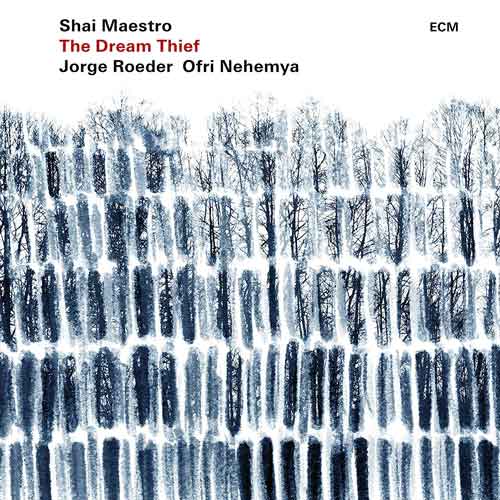
The Dream Thief / Shai Maestro
(ECM Universal Music UCCE-1175)
Shai Maestro, a pianist, was born in Israel and has been drawing a lot of attention in today’s jazz scene. While playing with Avishai Cohen, a bassist and his senior from the time in Israel, and Mark Guiliana, one of the drummers whom we should pay attention to most now, Maestro recorded “The Dream Thief” in April last year. It was a long-awaited recording as he had refined the expression by the piano trio.
Even though Maestro is a great technician, here he minimizes his technique and simply expresses the sound generated in his mind. It is a beautiful sound colored by abundant shades and shadows. Deep emotion is poured into the poetical imagination. <What Else Needs to Happen> at the end overwraps the piano harmony with the message from the speech Barack Obama made feeling distressed at the shooting incident in a high school. The decency Shai Maestro shows us fits perfectly to the label color of ECM. In addition, the excellent piano recording! The real sound as if the performers are just there in front of us would be the best also from the audio point of view.
#45 Work of Great Effort by Miho Hazama, “Jazz Composer,” Putting Her Whole Heart & Soul
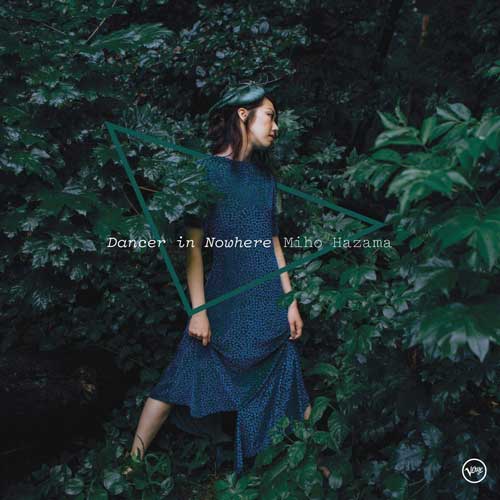
Dancer in Nowhere / Miho Hazama
(Universal Music UCCJ-2162)
When do we start using the term “jazz composers?” They maybe called “arrangers” a decade ago, but “jazz composers” literally write pieces for jazz and give performances. They do not arrange standard numbers or jazzmen’s originals, but rather compile the melodic subjects as composers of classical music write scores on music sheets. Leading the van of such “jazz composers” is Miho Kazama, who continues her activities based in New York. Since “Journey to Journey,” she composed commemorating her graduation from Manhattan School of Music (Jazz Composition), this is her fourth album.
The carefully written dedicated piece is like classical music, however, as we all know the important thing is not the style but the musical contents. The performance is carried out by 13-member m_unit, adding several string instruments, inviting some guest performers depending on pieces, and while taking advantage of the improvising factor of jazz music, she fully describes the expression or sense of color each piece has vividly. The development is constantly changing, and all the improvised solos are the first-class. I would also like to pay attention to the complicated irregular meter giving tension to pieces and dignified luminance to the melody. It is the magnificent piece you can get glimpses of talent of a genius in every corner of her unfettered performance.
About the Author
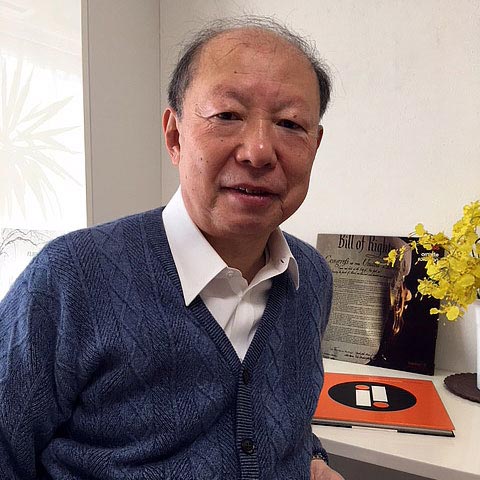
Masamichi Okazaki
Surrounded by various kinds of music from his childhood, Masamichi Okazaki joined Waseda University Modern Jazz Club. He started contributing articles to music magazines when he was a student. He covers wide range of music not only trad, modern and contemporary jazz, but also from pops to classics. He writes liner notes for CDs and LPs, and is a regular contributor to “JAZZ JAPAN,” “STEREO,” and others. He joined a big band, “Shiny Stockings,” as a saxophone player. He is a director of The Music Pen Club Japan (MPCJ).
